The man you’re about to listen to is also known as “TGO” which stands for “The Great One“.
Most of his amazing shooting accomplishments are with a pistol.
He’s an 8-time IPSC World Champion, a 10-time NRA Bianchi Cup Champion, a 17-time Single Stack National Champion and a 26-Time USPSA National Champion. He’s been around for so long and has been winning for so long that he no longer tallies the local, state and regional wins.
When you see below he’s going to blow your mind. He’s going to tell you to STOP AIMING and other secrets to become a better pistol shooter.
Why You Should STOP AIMING By The Greatest of All Time (TGO) Rob Leatham.
In this eye opening video below you’ll see Rob Leatham talk about the MOST important part of shooting a pistol. It’s not aiming!
The 3 Secrets To Better Pistol Shooting
Like Rob says, it’s SIMPLE but it’s not EASY.
I first heard Rob and Mike Seeklander discussing this on Mike’s podcast. You can click here to check it out if you’re interested. It caught my attention then and it caught my attention today too so I thought I’d share it with you.
In short, here are the 3 secrets to shooting better:
1. Hold The Gun REALLY tight! I covered this in my article on how to grip your handgun to shoot fast & accurate. We don’t have all day to line up our sights and take our time and because we may need to shoot multiple, fast, accurate follow-up shots — we need to hold the gun really tight.
2. Point the gun at the target where you wanna hit it (That means get the proper sight alignment and sight picture).
3. Pull the trigger without moving the gun and/or sights. And according to “The Great One” THIS is the most important part of the process and it has more to do with #1 (Gripping/Holding the gun) than it does #2 (aiming).
What Do You Think?
I’ve been contemplating over and over again the absolute BEST way to teach beginners and get them up to a respectable and effective skill level in the shortest time possible.
I think I might just copy what Rob’s doing here with teaching them the 3 secrets first … especially the trigger control … and forgetting aiming till much, much later.
Come to think of it, this totally reminds me of the infamous dry fire “wall drill” where you essentially take a (triple-checked) unloaded gun and aim in — with the barrel only 1 inch away — from a blank wall and align your sights. Then you press the trigger. If your sights do NOT move then you are doing it correctly. If your sights move, try again.
Then it appears that Rob takes the shooter up to the line and has them do the same exact thing on a target, but this time “live fire” with real bullets/shooting, press the trigger without disturbing the sights. Then and only then does he teach aiming.
Genius!
I can’t wait to take a class from this man. He’s a living legend!
What do you think?
Did you learn anything new? How can you use these tips to become a better shooter?

![Case Study: Defensive Gun Use [Video] NSFW](/wp-content/uploads/2025/07/Depositphotos_282075792_S-218x150.jpg)





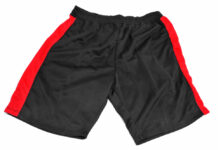


![What Level Holster Should You Be Using? [Video]](/wp-content/uploads/2024/04/Depositphotos_44548439_S-218x150.jpg)


![How Many Shots Will It Take? [Video]](/wp-content/uploads/2025/06/Depositphotos_2724272_S-218x150.jpg)

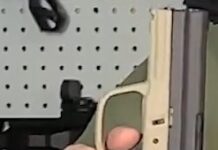






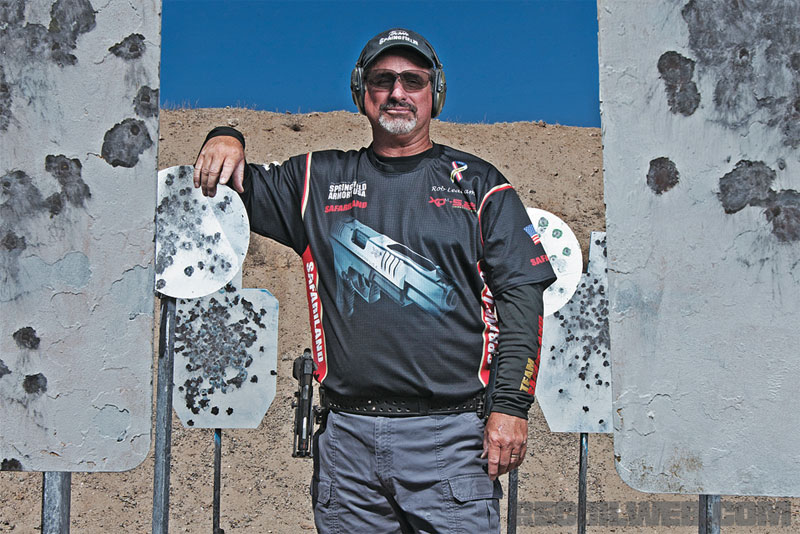

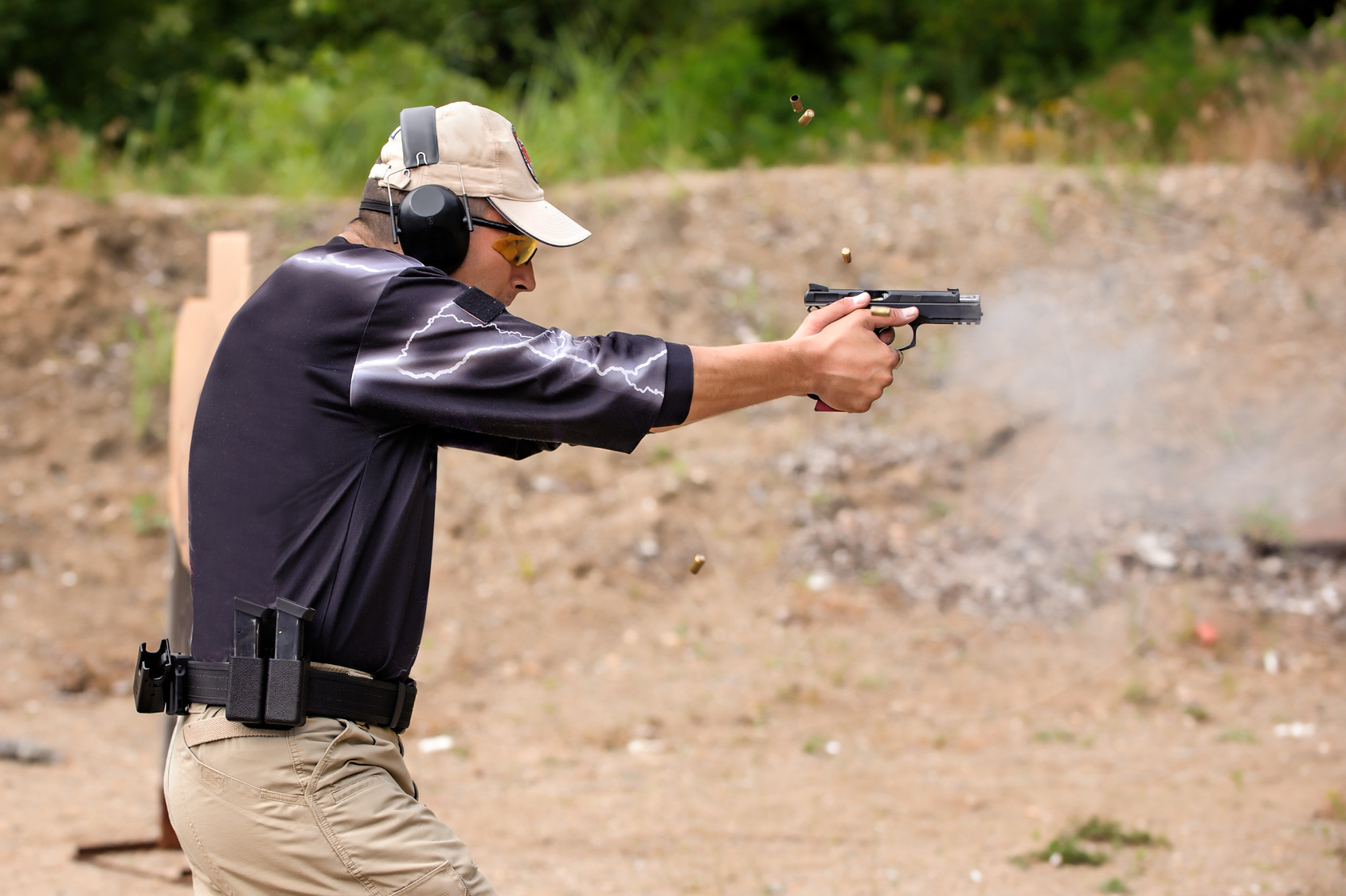


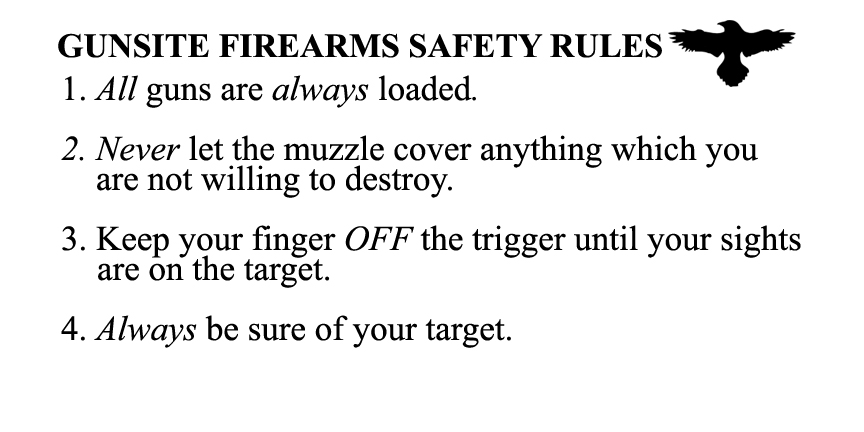





![Optic Ready vs Milled slides? [Video]](/wp-content/uploads/2024/02/image-3-100x70.png)
![[Checklist] What Gear You Need To Take Pistol, Rifle & Shotgun Training Courses [Video]](/wp-content/uploads/2023/07/Depositphotos_275087632_L-100x70.jpg)
![What is in Carter’s 2023 EDC? [Video]](/wp-content/uploads/2023/07/Depositphotos_146856137_L-100x70.jpg)

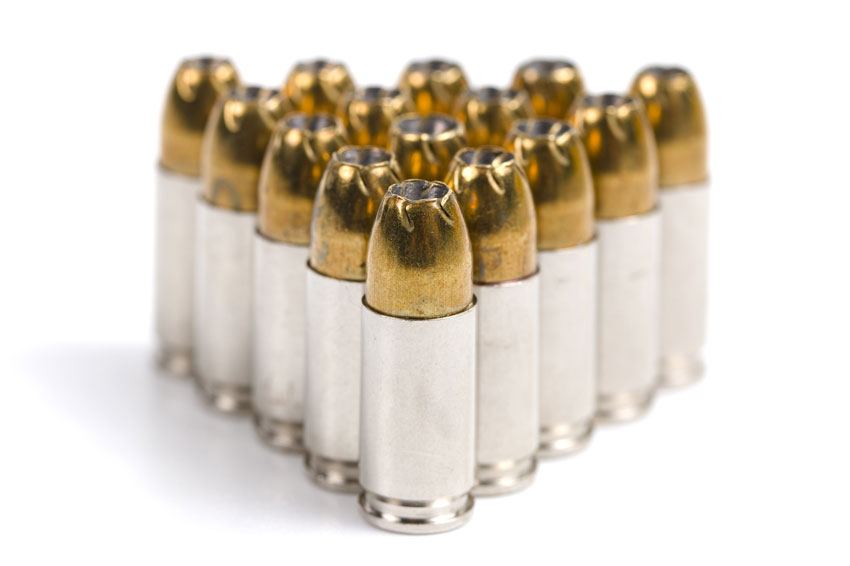

This language of not aiming has me confused. The article speaks of sight alignment. Now I’ve been shooting a long time and it occurs to me that sight alignment with the intended target IS aiming. This seeming conflict deserves better articulation. Pls create another post to do so.
No need to create another article because you’re having trouble consuming the info 🙂
My article is in reference to the embedded video of Rob Leatham explaining everything — please watch what he says — think about it and let it process — and it will all make sense 🙂
I will give this a try! Usually when just practicing, I watch my first shot(where) the bullet impacts and adjust my aim so the next one is better. Did better than my father, who was shooting his 357 mag, and me shooting my 357 SIG. I got 8 of of 10 on target, He got 2 out of 6.
Isn’t this pretty close to the point and shoot technique?
Yup. I’ve read that the gunslingers of old were pretty good at hitting their targets with the throwing rocks method. Sort of like hip shooting with a rifle in a war situation. Takes a little practice, but not much.
No this is nothing like point shooting — you’re missing the (no pun intended) point here.
This is just about focusing on the ability to press the trigger to the rear without moving the sights because unless you can do that — then aiming is completely useless (because you’ll just move the gun at the last minute anyways)
Been watching for a while…been shooting for the same…still, I really enjoyed the video.
Since the wife’s new to firearms, the video training is a great help for her ( &me ). We take what we hear &see, and apply it to the range.
Keep up the good work…looking forward to more of the same.
thanks!
Trigger control is absolutely the most critical aspect of shooting. We hear many stories of police shooting it out with a criminal at little more than arm’s length and missing numerous times. This can only be caused by poor trigger control. I remember the first time I shot a .38 snubbie I had just bought for self defense. I attempted to teach myself to shoot it, and could not understand how I could totally miss an 8 1/2 x 11 inch sheet of paper at about 15 feet away. Fortunately, someone who actually knew how to shoot a handgun well showed me what my problem was by loading only one or two cartridges in the cylinder and letting me see what I was doing each time I pulled the trigger. The problem was quite obvious, and not too difficult to overcome with a lot of dry fire practice. I am still no Rob Leatham, but I would not miss a man sized target at any reasonable distance in a self defense shooting. I will be using this information to help me teach new shooters.
very good info THANKS
There are only two things involved in accurate shooting, and it doesn’t matter how they are accomplished as long as both are accomplished. Those two things are sight alignment and trigger control. The hardest to master is trigger control.
I don’t have a lot of experience with pistols, mostly rifles. I inhierited a Walther PP in .32 caliber and had a lot of trouble with consistency of aim. I always felt unsure because I have large hands and my little finger hung off the emd of the grip. I shot a few friends Glock 22 in .40 S&W and got 8 of 10 in the black with the first clip each time at 25 feet. Not bragging , just saying it is very important to find a pistol with grips that feel right for you. Now to get my own and apply the lessons here. Does anyone know where I can buy a laser practice pointer to check for movement with trigger pull ?
Hold the gun really tight. Yes, even experienced shooters often don’t do this. I like what Jeff Gonzalez says, “Build your grip from the bottom up.”
Here’s a little drill I developed to help my wife with her grip and found that it also helped me with mine.
GRIP STRENGTH DRILL
Once you have learned the proper grip, here’s a drill for developing grip strength. Tape a target on the wall at eye level (or find a distinct aiming point on the wall, window, door, etc.). Starting with an empty pistol loaded with an empty magazine, a good stance and a proper two-handed grip held at High Compressed Ready, drive the pistol forward to the target. Bring the pistol to your eye (not your eye to the pistol). When the pistol is on target, strongly grip the pistol by emphasizing the lower two fingers of each hand. Really grip it hard with the lower two fingers of each hand while holding the pistol on the target. Hold this grip for 30 seconds then return to High Compressed Ready and relax for 30 seconds. Repeat for a total of 10 repetitions. Ensure the fleshly parts of your palms are making good contact with the bottom of the pistol’s grip. You may need to slightly roll your elbows inward. We want to build the strength of the grip from the bottom up, realizing that we want the trigger finger to be relaxed and the thumbs need to be neutral (applying as little pressure to pistol as possible). After you have practiced this drill every day for a week, then repeat the drill for another week but this time apply a strong and balanced grip with all fingers of each hand while still maintaining a relaxed trigger finger and neutral thumbs.
Very good info..! Will try it out on the range for sure.
Comments are closed.